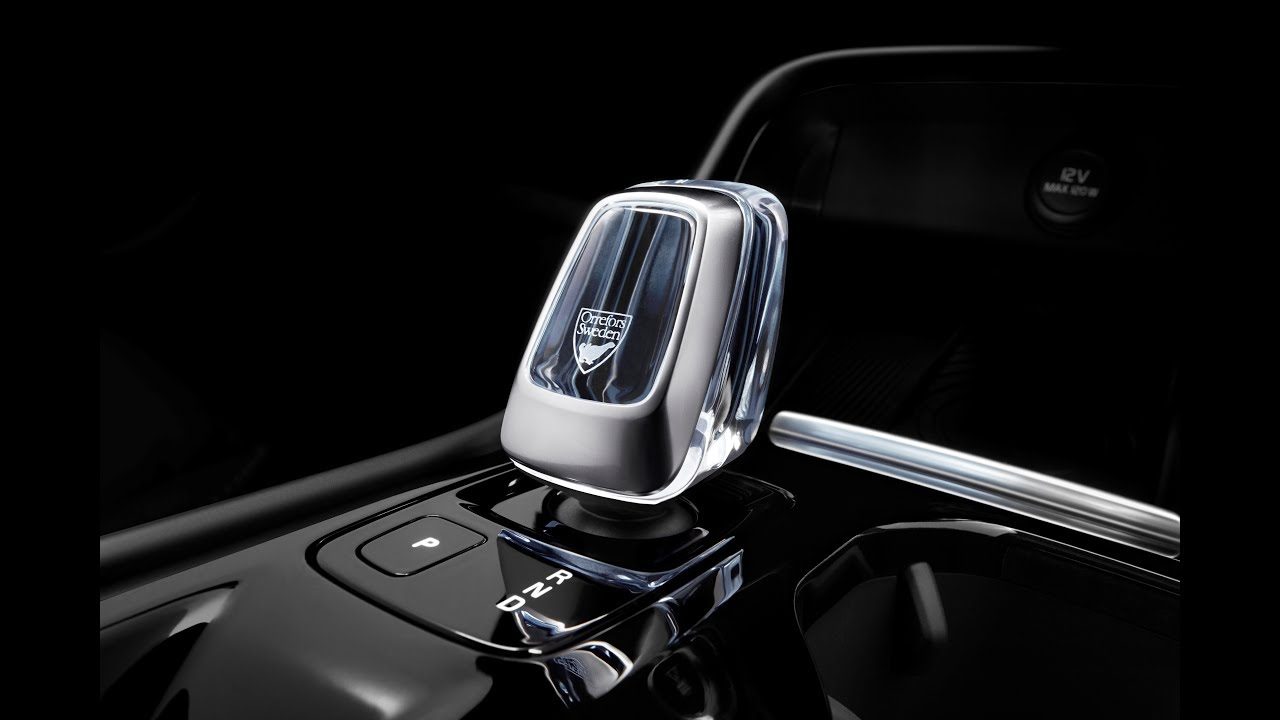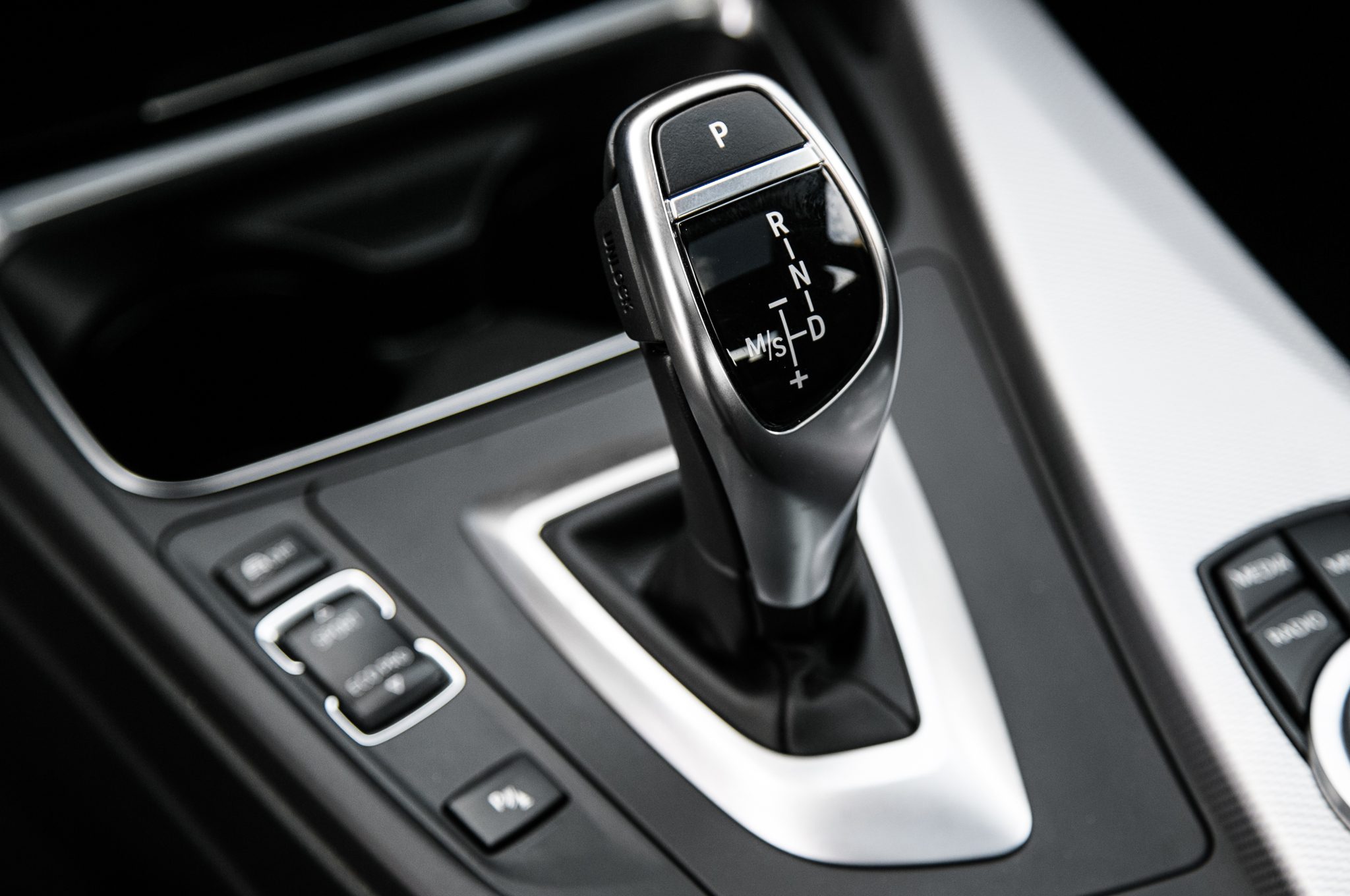Cars with ridiculously bright LED brake lights. I don't know how many times I've been effectively blinded by some Infiniti (or whatever) with brighter-than-my-headlights LED brake lights. Red light, especially, really messes with your night vision and you're left with ghosted red dots burned onto your retinas for what feels like several minutes. There should be a regulation mandating a maximum brightness allowable if there is a vehicle behind.
Not to go too far off-piste, but red light especially
doesn't mess with your night vision - quite the opposite. It's why it's the only type of light you're allowed on stargazing nights or, more familiar to most people from movies, why it's used by the military in things like ships and submarines when you need to see around in the dark without attracting undue attention with anything brighter.
The reason it's messing with your night vision is, simply, because having dozens of ultra-bright attention-getting LEDs aimed at your face will do that regardless of their colour (though I suspect if brakelights were blue your night vision would be significantly more compromised).
It wouldn't be so much of a problem if more cars were manual and people used their e-brake when waiting at lights, but since it's easier to sit on the brakes at a light in an auto than it is to shift to neutral or park and put the e-brake on, and since Americans seem weirdly allergic to using e-brakes in the first place, I'm afraid your retinas are screwed.
I'm sure there is a reasonable explanation for it, but I really dislike car designs that feature the front fenders/wings traveling up the A-pillar. It looks clunky and bad.
I think this is part aero and part pedestrian regs. A high bonnet line to hide wipers and protect pedestrians necessitates high front wings, and if you have high front wings then they necessarily need to bleed into the A-pillar for it not to look odd. Some cars hide it better than others though.
I always find myself blaming the driver for this more so than the design of the dashboard. I would think that a smart driver would know to look out for a green icon that indicates that the headlights are turned on, or maybe they'll remember the fact that they turned a switch to turn the headlights on.
The frustrating thing about this is that I've driven several vehicles with no idiot light to indicate that the headlights are actually on. Combined with permanently-illuminated instruments and LED DRLs being bright enough that if someone started their journey say, pointing towards the garage door they might think their lights were already on, you get cars running around without headlights.
While it'd be nice to think more people would realise themselves, in reality manufacturers have to share the blame for poor design. Either mandate headlights to always be on so there's no way of driving at night with them off, or make it very obvious from inside the car that the headlights aren't on, either with an obvious telltale light, or by having the instrument panel be completely dark until the lights are turned on.
Capacitive controls for regularly adjusted functions (radio, HVAC), regardless of if it is through a touchscreen or a separate control stack.
Yeah, this one frustrates me too. Always glad to see when a manufacturer retains physical controls for these things even if every other function is buried in a screen.





